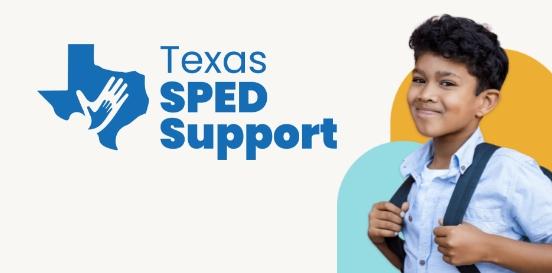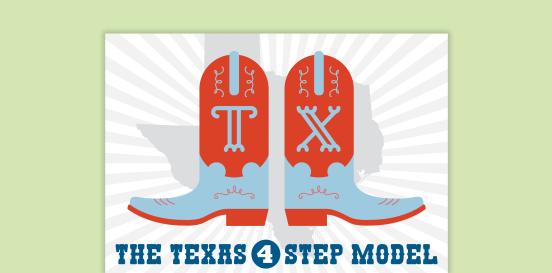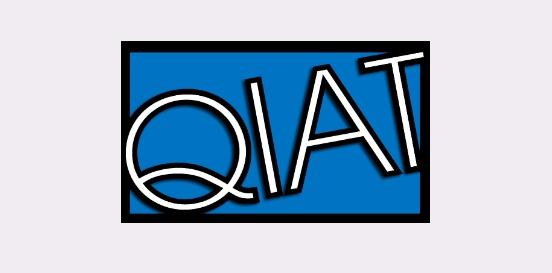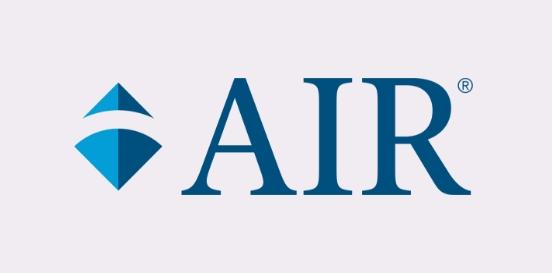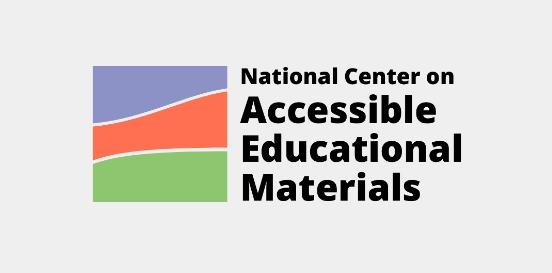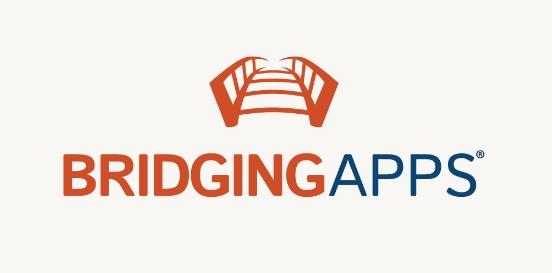Flexible Wax Sticks
Made of hand-knitting yarn and are enhanced with a special nontoxic, food-grade microcrystalline wax. They can be manipulated to support sensory and fine motor skills, assist with writing, and be used as a visual aid.
Considerations
Take the following considerations into account when selecting and implementing AT to ensure that the chosen tools are well-suited to the student’s needs, align with their goals, and seamlessly integrate into their educational journey. By embracing a collaborative approach and considering the specific skills, tasks, and implementation context, educators can provide students with the necessary support to thrive academically and functionally, promoting inclusivity and fostering their overall success.
Skills and Tasks What skills or tasks will the student utilize this tool for? What areas, functional or academic, does this tool support?
- Fine motor skills
- Geometric properties
Implementation Context In what activities, classes, or environments will the student utilize this tool?
Flexible Wax Sticks offer a simple method for crafting tactile graphics, aiding in Orientation and Mobility (O&M) training, illustrating map concepts, enhancing music lessons, refining daily living skills, and serving various other purposes. Their ability to stick to nearly any smooth surface with minimal fingertip pressure makes them effortless to utilize for achieving a raised line effect. They can be used to create tactile cues and prompts for students with visual impairments or as a tool for sensory regulation for students with autism or sensory processing disorders.
Below are a few ways flexible wax sticks can be use in the classroom:
- Sensory and fine motor skills development: Flexible wax sticks are excellent for promoting sensory exploration and fine motor skill development. Students can manipulate the sticks to create shapes, letters, numbers, and designs, which can help strengthen their hand muscles and improve dexterity.
- Visual aid for learning: Teachers can use flexible wax sticks to create visual aids such as diagrams, charts, and graphs. For example, in math class, flexible wax sticks can be used to illustrate geometric shapes or to create bar graphs for representing data. In language arts, they can be used to form letters and words, aiding in spelling and literacy development.
- Adapted writing and drawing tools: For students who have difficulty gripping traditional writing utensils, flexible wax sticks can serve as an alternative tool for writing and drawing. They can mold the sticks into shapes that are easier for them to grasp, allowing them to participate more fully in writing and drawing activities.

